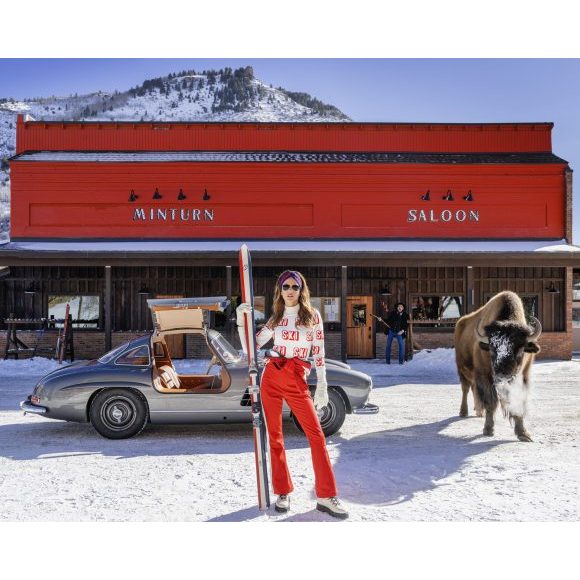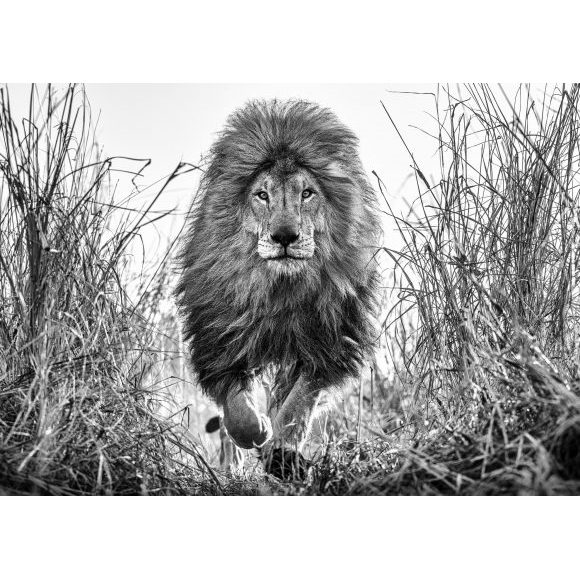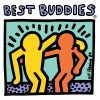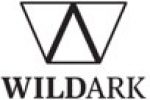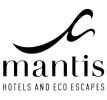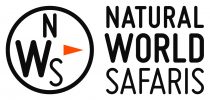Letter From Los Angeles
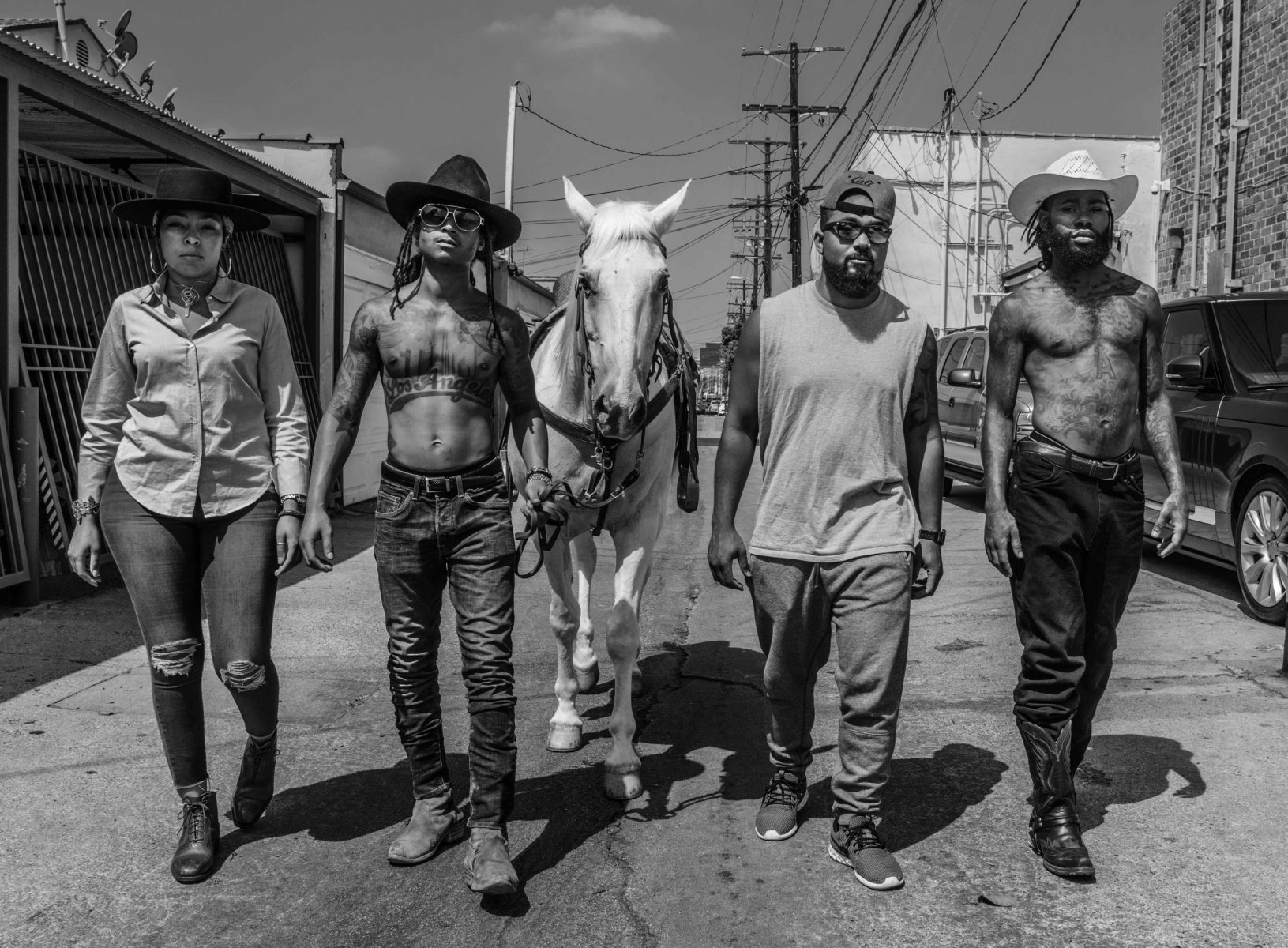
The premise that the subject in front of the lens should somehow bend back and at some subliminal level affect the photographer’s ability to employ his or her skill set is a little silly. If a photographer takes a strong image of a zebra in the Serengeti on Sunday and then a bad picture of his travel companion in Nairobi on Monday, it will probably have nothing to do with his or her skill set in capturing either species. The skill set is the same. Monday might just have been an off day - or Sunday might just have been a bit of good fortune.
I am not a wildlife photographer - I am a photographer. Maradona may now be a little bit of an animal, but he did launch my career off in the 1986 World Cup Final and the only elephant in the room that day was the “hand of god” debate from the quarter final against England.
I photograph what interests me and in 2018 - at a time when the planet’s biodiversity is under such pressure - endangered animals do interest me. But so does North Korea, Russia, contemporary pop culture and many other things. If I was told that I was only to photograph elephants for the rest of my life, I would be downcast, not because I don't enjoy those assignments, but simply because it is limiting. Like almost all of us, I need new visuals and new challenges as they energise and stimulate. The journey of life must have unexpected tangents and diversions - it can never surely be linear.
I have great respect for some photographers who call themselves professional wildlife photographers simply because that is singularly what they do - men like Paul Nicklen and Frans Lanting. They have produced bodies of work that inspire armies of photographers across the world and they have been true and honest in the certification of experience. Some of these experiences have manifestly been remarkable.
Equally National Geographic photographers tend to be purists and admirably so - sacrificing much from a personal perspective to be on assignment month after month in places that almost demand to be far from the madding crowd. Their work informs and educates and it is of no surprise that they have no time or energy to divert away from their prescriptive subject.
Against all probability, the disadvantaged districts of Watts and Compton in South Central Los Angeles, have had a major impact on American Society over the last 30 years. In 1986, the Hip Hop rap group - N.W.A - emerged on the scene and are now considered one of the most influential groups in the history not just of rap but also American music as a whole. Their debut album Straight Outta Compton marked the popularisation of the new east coast gangster rap movement as the production and social commentary in their lyrics were revolutionary within American music.
N.W.A endured controversy owing to their music's explicit lyrics, which many viewed as being disrespectful to women, as well as to its glorification of drugs and crime. The group was subsequently banned from many mainstream American radio stations. In spite of this, the group has sold over 10 million records in the United States alone. Drawing on their own experiences of racism and excessive policing, the group made inherently political music. They were known for their deep hatred of the police system, which sparked much controversy over the years.
In 1992, in Watts and Compton, the Rodney King riots - otherwise known as the Battle of Los Angeles - led to the arrest of 12,000 people and 63 deaths. Night after night of violence was shown around the world and the aftershocks probably changed LAPD forever. Compton became a district in LA that people around the world were familiar with and this was before the Williams sisters started to take female tennis by storm.
The N.W.A crew haven't done badly either, Dr Dre left N.W.A to set up two record labels - Death Row Records, which saw a close association with cult figures Snoop Dogg and Tupac, as well as Aftermath Music, which nurtured talents such as Eminem, 50 Cent, and many more. He subsequently set up Beats Electronics which transformed the headphone market in America. In May 2014, Apple bought Dr Dre’s Beats for $3bn - the largest deal in Apple’s history. Dr Dre is now a billionaire and perhaps the most fascinating characterisation of the American dream. He is a role model for much of black culture in America.
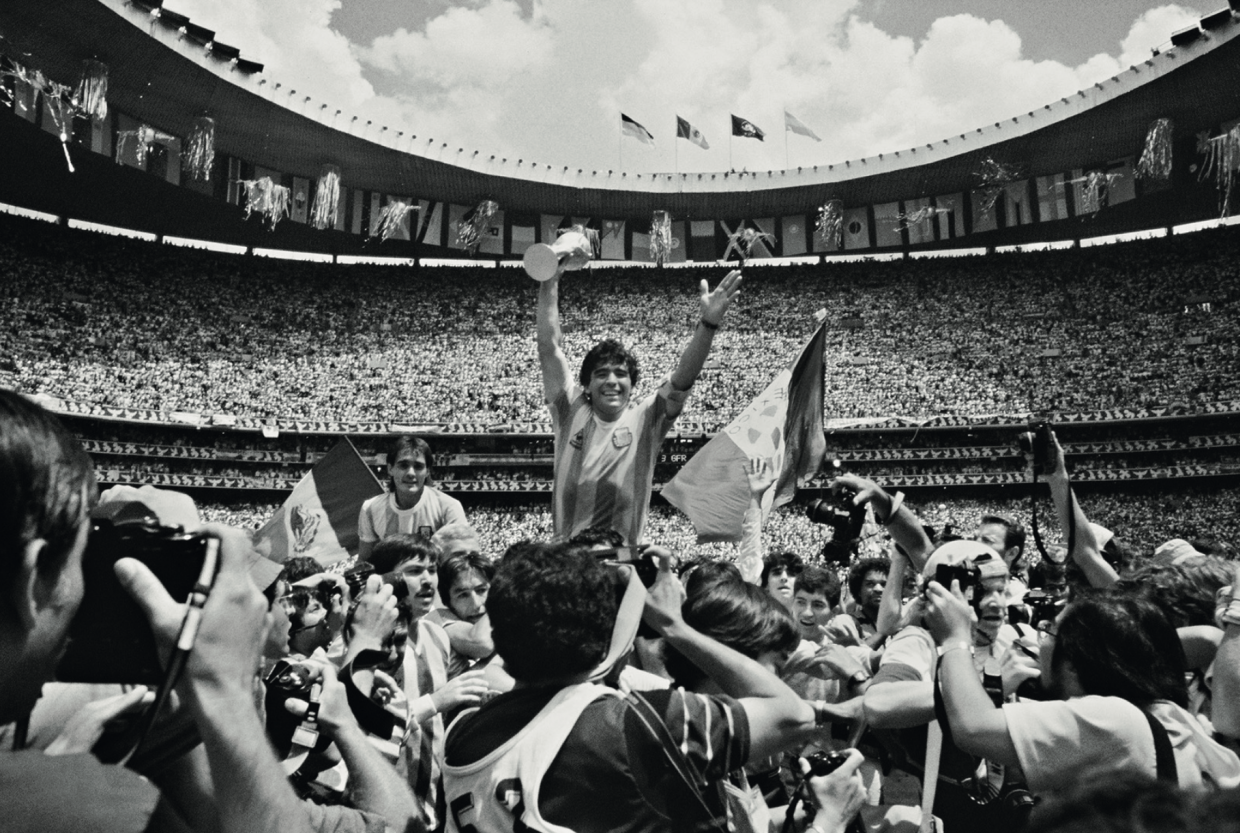

In 2015,The N.W.A story was visually brought into our homes with the American biographical drama film “Straight Outta Compton”. The film grossed over $200m and offered a further insight into an area of Los Angeles that was now famous and notorious.
I spent the last six weeks in two places that could not be more different, but they both had the same President and flag. On one extreme I was in the true wild of Alaska to photograph grizzly bears and on the other I was in West Hollywood, Los Angeles to photograph the locals. One has a population density of one person per square mile and the other 19,000. As an aside - in absolute terms - Alaska still has more Trump supporters than West Hollywood.
I used my camera in both places and in neither was there a sense of being outside a comfort zone. A camera is just a conduit to the soul and I feel entirely comfortable in both locations - it is only my suitcase and wardrobe that have stress pains.
More recently, in 2017, Guinness used Compton as a setting for their latest advertising campaign “Made of More". The 90-second ad tells a compelling story about a group of men who turned their back on Compton’s much publicised gang violence to raise horses. Due to an out-dated legislative decree, there are around 50 small ranches in the built-up area - all rather incongruous. Here the horses are reared, having been saved from the slaughterhouse and the riders have become known as The Compton Cowboys.
The advert was brilliantly shot and the visual impact was arresting. If you have not watched it, you must. (YouTube ). I felt compelled as soon as I had seen it, to meet the cowboys and make my own story. I also knew it would not be easy - Compton is a tough place to film in and these men and women were not personally known to me and vice versa. Critically, however, the idea was as much in my comfort zone as working with polar bears in the arctic. As I said before, I am a photographer, not a wildlife photographer. I just had to control the situation rather than let the situation control me - something I learnt from Albert Watson - Scotland’s greatest photographer.
I needed help in LA and I employed the services of Brawler Productions - they knew the Compton Cowboys and could arrange access. It’s a key word in photography - access. To be able to focus, to be able to compose and to be able to measure light are a given. To have access to employ these fairly basic skills, is not.
Brawler took me down to Watts and Compton early one Sunday morning to look for locations. We chose this time for two reasons - the traffic would be light and we would also be safe. In constructing a controlled image, I tend to start backwards from a location, rather than having a preconceived idea and then mixing that location into my cocktail. That hints at my preference for some sort of contextual narrative.
There was, however, one key dynamic at the forefront of my mind and that was the need for a horse, or horses, in the image to make a powerful impact. This would not happen if they were too far from the camera. This removed the possibility of shooting on anything other than a very wide- angle lens.
I could not find a location in Compton that worked for me unless it was inside and that would then pose some issues with permits and safety. I am no drama queen and tend if anything to be a little light handed when it comes to safety, but Compton is not always a safe place and I was warned to be careful.
The good news was that the Compton Cowboys liked my work and were now on board. This gave us flexibility and the more I processed the various issues in my head, the more I accepted that the best way of producing a single image that would be arresting would be to work inside.
We moved our location scouting to Hollywood - it is not as if there are no gems here, and of course access and safety would be easier. We just needed visually strong rooms that would take a horse. That meant ground floor and street access.
The end results are both strong images and I look forward to the reaction in Los Angeles in particular. I wanted a degree of visual chaos, but compositional constructions that allowed the work to be clean. That is a tricky balancing act, but as I do more intricate work like this, it starts to come a little more naturally.
During the filming of this series, I met many extraordinary people, but one individual stood out - Blaine Halvorsen - the founder of MadeWorn on Fairfax. (www.madeworn.com). I am not sure I have ever met a bolder creative genius in my career. Originally from Montana, Blaine has been on a truly authentic creative crusade in LA for two decades. It was a stroke of luck that when we met, I had two people from Montana in my crew and that helped build a few bridges.
His clothing business has run side by side with many music giants and matured into doing stuff that others would find unthinkable.
The aforementioned Snoop Dogg discovered him many years ago and the team behind Oscar winning film The Revenant owe him considerable thanks. To be with Blaine is to remember that one’s own creative journey is perhaps still immature. Try and meet him and it may change your mindset forever.
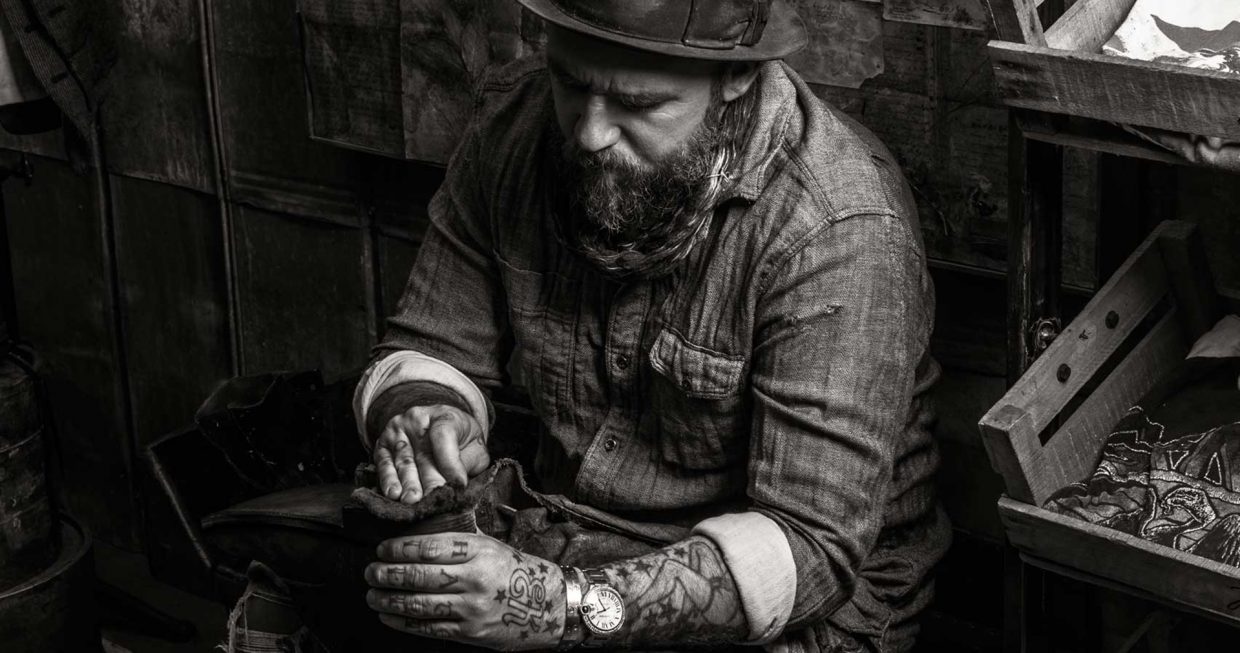 Blaine Halvorsen
Blaine Halvorsen



